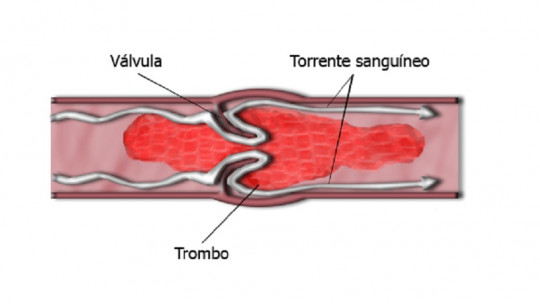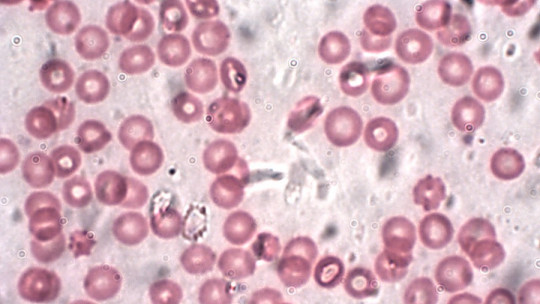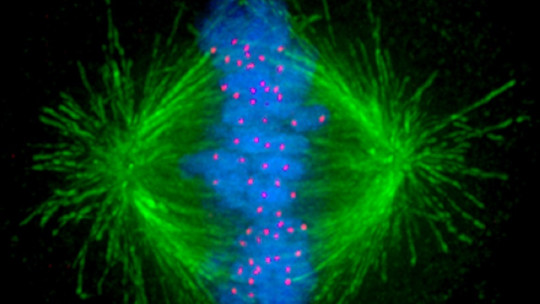
The coma is one of the most horrible concepts that a human being can imagine, perhaps only surpassed by death itself. The idea that a human being cannot move even if he wants to, that he is not able to communicate even if he tries with all his might and that, in short, the body becomes a prison, is one of the most traumatic and unpleasant events that a conscious person can imagine.
But, really, does a comatose person feel like this? To give a correct answer, we must turn to science and research. The annual incidence of coma in certain regions is 8.5 patients per 100,000 inhabitants per year, and the average age of presentation is usually 41 years of age. Interestingly, up to 60% of coma cases are due to traffic accidents, while a serious fall is responsible for up to 30% of coma events.
Unfortunately, the prognosis is worse the longer the patient spends in a coma, and in some sample groups more than half of the cases end in death. In any case, beyond data and statistics, we recover a very interesting idea that is not usually explored in the media: what is it like to be in a coma? Here we try to give you the answer, in the most objective and informal way possible.
What is coma?
Coma is defined as a prolonged state of unconsciousness, during which the patient cannot wake up, fails to respond to basic stimuli s (light, pain, sound), does not have a normal sleep-wake cycle and is unable to initiate or carry out voluntary actions. The comatose process may be initiated by a failure in the central nervous system or, failing that, reflect a metabolic process at the systems level. In any case, all etiological agents lead to a common point: brain failure.
This damage may be caused by neuronal dysfunction, either due to a structural process or a non-structural process that in some way affects the central nervous system (CNS). In addition, various etiological agents of an infectious or metabolic nature can also affect the brain and lead to a comatose state. Some of them are hypoglycemia, hyperglycemia, excessive alcohol intake, uncontrolled drug consumption and use of illegal drugs.
The pathophysiology accepted throughout the world about the coma state is that, in it, the brain receives a limited supply of glucose and/or oxygen For example, something as simple as 15 seconds of circulatory collapse leads to fainting and loss of consciousness. If the lack of nutrients and oxygen continues, damage occurs at the neuronal level and the patient’s altered mental state is prolonged over time. In addition, it is also possible that neuronal destruction occurs directly in the brain tissue, for example, due to internal hemorrhage or contusion that damages its cellular structure.
It is also essential to highlight that Another source of brain dysfunction may be increased intracranial pressure This event makes proper perfusion between the brain and the rest of the body impossible and, therefore, the correct exchange of substances and neuronal functioning is prevented. At the end of the day, everything consists of a failure at the brain level that prevents thinking and carrying out tasks normally.
How a person in a coma feels: what science says
For science to understand how a comatose patient feels, it is necessary to monitor a series of essential parameters. For example, gray mass metabolism in patients with a hypoxic coma is 50-70% of normal: it is not zero, but it does decrease significantly
If the general cerebral metabolism awake is 100%, in a state of deep sleep it decreases to 60% and in a coma to 50%, a value slightly higher than that of a patient under general anesthesia (40%). In any case, many studies have shown that the level of consciousness correlates poorly with brain metabolism, so it seems that this parameter is not going to give us the answer.
Brain responses can be quantified in a patient in a coma using various sophisticated techniques, even though he can’t speak. For example, the scientific article Semantic processing in a coma patient (2005) tries to explore the electrical responses of the brain in a comatose patient on day 6 and 22 of her state. Interestingly, there was a significant difference in the brain reaction between the patient’s utterance of unknown and known words. This could show that comatose people have certain semantic knowledge.
On the other hand, the article published in 2019 Hidden brain activity revealed in people with coma manages to decipher, using electroencephalography techniques, the electrical activity of the brain of 104 patients in a comatose or similar state when processing an instruction. When individuals were asked to move a hand, 15% of them showed neurological patterns similar to those of healthy people when given the same command. The prognosis of those who did not show this brain activity was worse in the long term.
After all this data, we can only think that “there is something” in a person in a coma. The brain is at a minimum, but depending on the severity of the injury and the general physiological state of the patient, it seems that some may respond better than others to certain extrinsic stimuli. In any case, it is clear that The level of response in this clinical condition is minimal, since it is impossible to wake up a person in a coma with simple words or stimuli
What patients say
Despite the poor prognosis in many cases, there are thousands of examples of people who have been able to come out of a coma with the ability to communicate. Therefore, it is not necessary to remain solely in the conjectural realm: unlike death, here there are people who have returned to tell us how they feel.
The newspaper The morning bulletin It includes, for example, the testimony of a woman who suffered a car accident in 2011 and was voluntarily placed in a coma by medical professionals, in order to try to save her life.
This person describes a coma as a blurry and diffuse event, where the mind does not form concrete thoughts or dreams, but she was able to perceive pain and form a kind of memory that her brain invented to try to make sense of everything that was happening around her. For example, this patient was able to recognize her husband’s voice in her room, although she did not understand what she was saying.
She also describes that she believed she was being raped in her transitory state, since she was able to feel the pain in the anal and vaginal area, when in reality this diffuse memory corresponded to the surgical processes that were taking place in her body to save her life. He was able to notice temperature changes only briefly when the room was changed, and he sometimes had nightmares Everything was intertwined in a sensation of reality-wake-dream and diffuse moments.
Summary
Without a doubt, the testimonies of some people who have survived a coma are, to say the least, overwhelming. Even for those of us who are used to reporting on the most unpleasant part of human physiology, these types of situations impact us, because the fact that a human being is capable of perceiving himself in one way or another in a comatose state is a blow at the level. empathic. In any case, rationality must make its way over the anecdote: this is a specific and induced case, so it cannot be generalized.
Some people are able to place some diffuse memory or perception during a coma, while others are not. Therefore, to the question of what it is like to be in a coma, we can only give one answer: depends on each case From nightmare to total absence of recognition there is a great spectrum, which can only be described and perceived by the patient himself if he manages to get out of his transitory state of lack of consciousness.








